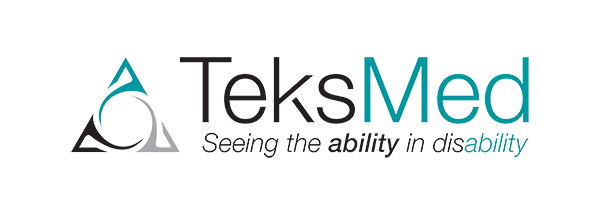How can you start 2016 by mitigating costs associated with risk in the workplace?
With a new year, comes opportunity for new goals and objectives. For most businesses, reducing costs and increasing revenue is usually on the radar.
Regardless of your industry, there are systematic processes that can be implemented as a means to mitigate costs associated with workplace risk and injury.
When an employee takes time off work (whether for sick leave, bereavement or short/long term disability), employers are essentially out of pocket. The costs associated will likely exceed the employee’s salary, once taking into consideration decreased productivity, temporary replacements for the individual and decreased employee self-esteem. Employee absences become pricey for businesses and organizations.
It is therefore important for employers to remain informed and be proactive about reducing risk. It is a good idea to dedicate time and effort into implementing a plan to efficiently and effectively confront the obstacles and hic-ups that may come their way.
The experts at TeksMed encourage employers, regardless of their industry, to go through the 5-step system below which will help mitigate costs associated with risk in the workplace:
1. Get to know your WCB/WSIB experience rating systems and performance.
Knowledge is power. It is important to understand the financial implications of workplace injuries and illnesses that may arise. Therefore, it is beneficial to familiarize yourself with the way in which your province’s Workers Compensation Board calculates claim costs and premiums. Getting to know the rating systems will allow you to better evaluate whether or not your company’s current ‘injury-management’ or ‘return-to-work’ programs are effective in mitigating costly and timely claims.
There are various reports that summarize your company’s trends, costs and annual premiums which are available online through the various respective provincial compensation boards. If you have not signed up to access and review your statements, we encourage you to do so.
2. Identify areas within your organization that may benefit from special attention.
Depending on the size and structure of your business, this could be an easy and straightforward exercise or one which may require further data analysis. Ensuring that detailed information pertaining to workplace incidents is recorded is both a requirement and also a practice that will allow you to later review and interpret trends (note – digital data management is always preferable to binders and filing cabinets). Consider the different factors that may be contributing to high incident frequency, longer periods of lost time or more generally, higher costs. Are there one or two rate groups, locations or work sites within your business that may be affecting claim costs and lost time? Recognition and identification are the first steps to developing solutions.
3. Implement processes and protocols.
Once you have identified the potential risks or risk areas in your workplace, it is time to devise and implement a mitigation solution. We encourage you to devise a plan that not only addresses the issue at hand, but is also proactive in decreasing the likelihood of reoccurrence. Many employers find it useful to provide their employees with hard-copy manuals outlining process and protocol for preventing and addressing prospective workplace issues and also responding to them.
4. Review.
Creating and implementing programs for process improvement is only half the battle. Following implementation and/or improvement, it is important to review and finesse the approach. Consider comparing relevant historical data to determine the effectiveness of any improvements that may have been made. For example, if you have refined your workplace injury management procedures to include sedentary office work as an alternative for workers who typically work off-site, perhaps there will be a notable difference in the amount of cumulative lost time accrued and decreased costs.
Your approach should be both measurable and quantifiable. This is the key to consistent improvement.
5. Repeat. Create a systematic approach and commitment to improving your workplace and most importantly the safety and health of your employees.
Make 2016 count! Should you require the expertise of TeksMed, our roster of over 80 specialists in healthcare, claims, client care and sales are available to support and provide insight into best practices and solutions.



